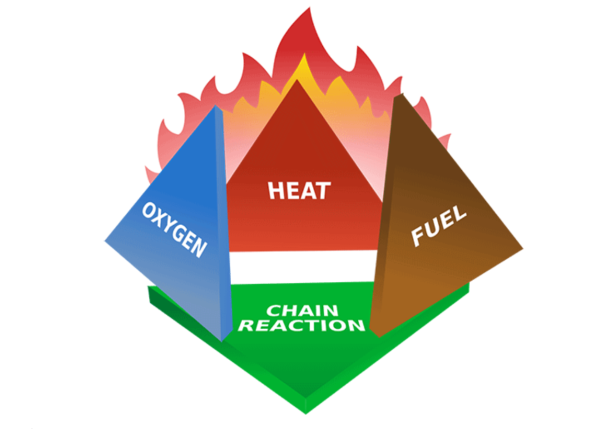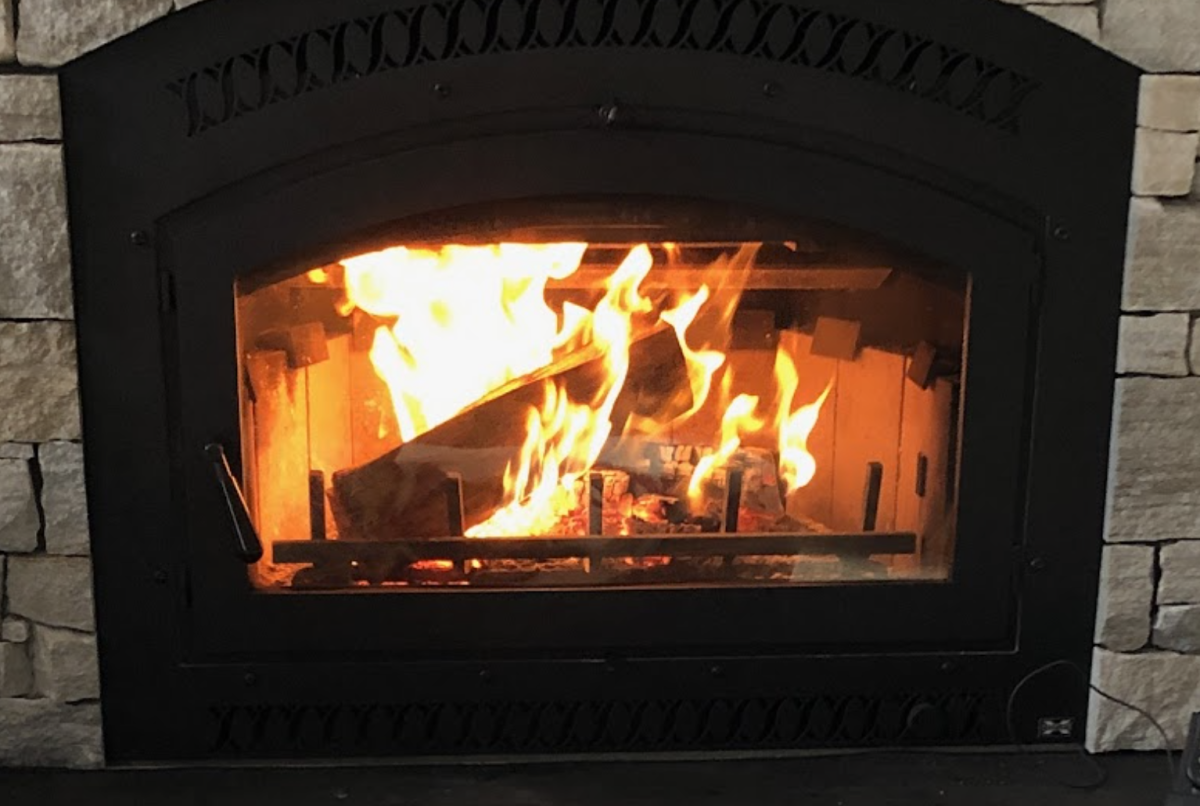As I enter the middle of winter, and the ground is blanketed in snow and my fingers are crossed for snow days, I always have one thing on my mind: our wood stove and fireplace at home. My dad grew up on a reservation in northern Idaho, about 10 miles from the Canadian border. He grew up surviving off of the heat from wood stoves. After my family and I moved to Pittsburgh, we made sure the first thing we did was install a wood stove in our house. Every fall and winter, almost all of the heating in our house comes from the wood stove.
Fireplaces and wood stoves are a sustainable source of energy and heat compared to fossil fuels and gas. To obtain our wood, we often drive around Squirrel Hill in the springtime and hunt for “Duquesne Light Yards,” – lawns where trees are down as the local electricity company claims that the tree was dangerous to either the power lines, houses, or both. We will knock on the house’s door and politely ask if we can take the wood, and will cut up the trunks and take them home. In the summers my brother, dad, and I will chop the stacks of logs that pile up in our yard in the place of weightlifting. Because the trees were already cut down, their wood is now considered waste. This means that burning the wood for heat can be considered a sort of recycling. As the weather gets colder, however, there are many hurdles in starting an efficient and warm fire without a lot of smoke.

My driveway and backyard in the summer with our influx of wood
Understanding Fire:
Fire, or combustion, is a chemical reaction that breaks down a compound in the presence of oxygen to produce water, carbon dioxide, and heat. Fire can occur only in the presence of four variables: oxygen, heat, fuel, and a sustained chemical reaction. Often referred to as the ‘Fire Tetrahedron’, these components of fire are critical to making and managing fire. If the Fire Tetrahedron is not complete in a certain scenario, then fire will not occur or be sustained.

Fuel:
In a fireplace or wood stove, the fuel being used is often a carbon compound or wood. But this wood can be in various shapes and forms in order to optimize the efficiency of burning. The first fuel you want to start burning is something that burns very easily and quickly, or kindling. From my experience, newspapers work very well. It is very quick to light, however it burns through very quickly. It is impossible to sustain a working fire from only the kindling, so the kindling must produce enough heat to light larger pieces of fuel. If you are wanting to get a steady supply of newspapers during the winter, I recommend befriending a highschooler who has the soul of an elderly man who reads the newspaper every morning while drinking tea… cough cough Andrew Shlomchik. As the newspaper is burning, you want to heat from the small fire to ignite slightly larger pieces of wood. These pieces of wood should be very thin, no thicker than the thickness of your index finger. When building your fire structure, it is important that there is airflow. I will get more into that later, but it is important to remember to not smother the flame, and allow a flow of oxygen to travel up through the flame to fuel it. As these smaller pieces of wood start to burn, smaller logs should be placed near it, so they can catch and start burning. Smaller pieces of wood can combust much quicker for many reasons. First, smaller carbon compounds have a smaller volume to warm and get to the right heat to combust. A piece of paper can get warmer much quicker than a giant log. Giant logs also act as insulation of itself, and the outside of the log insulates the heat from the core of the log. Additionally, smaller volumes mean a higher surface area per volume ratio. Which means that the oxygen can react with a larger portion of the wood at a time, than a piece of wood that has a small surface area.

Airflow:
Arguably, the most important factor to a successful fire is the access to air and oxygen that it has. A fire with no oxygen will not continue to burn. Cold air is heavier than warm air. This means that any cold air in the chimney will push down on the fire and prevent it from growing into a large and efficient fire. When starting a fire, it is important to create a channel, or path for the air to come in to fuel the fire. The flow path will allow the oxygen to fuel the fire, yet the smoke to travel out of the house. Smoke is the product of incompletely burned fuel. It is important to develop a unidirectional flow of cold oxygenated air to the fire, and then smoke out of the fire in another direction. This means that there must be an input of cold oxygenated air from another part of the room, which is pulled towards the fireplace creating a current. The current that is created will push the cold airlock and smoke out of the chimney. The best way to create this effect is by opening a door when starting a fire to create that current. Once the fire is started, the door can be closed and you will not have much if any smoke in the house as it is all being pulled out of the chimney by that current. If a door isn’t opened a bidirectional flow will be created. Bidirectional flow means that the smoke exits in the same direction as the oxygen is coming in to fuel the fire. If a door isn’t opened, then the fire will pull oxygen from the rest of the room, and because a current wasn’t created from the cold air, an airlock will still be in the chimney. This airlock is too heavy for the newly created fire to push its smoke through, so the smoke will be pushed back into the rest of the room. When building your fire structure as well, it is important to think about the oxygen flow path through the fire. This is why many fires are in a pyramidal shape, as oxygen can flow through the bottom and through the top. As the fire becomes more efficient, it will become hotter. The hotter the fire is, the more efficiently it will burn, and thus less smoke will be created.

The most important tip for building and sustaining a fire is that it is a sustained chemical reaction. This implies that you must sustain it. Tend to your fire, by either feeding it more oxygen, fuel, or just keeping an eye on it. Fire is dangerous, and knowing how to create it is imperative for knowing how to control and manage it. All of these tips for creating fire can also be flipped for managing it. If the fireplace is out of hand, cut off its oxygen source. Being responsible is important when creating fire, even in a controlled environment like a fireplace. Even though this cold weather has come to an end, keep these tips in mind for the summer when you get a craving for a bonfire and S’mores.









